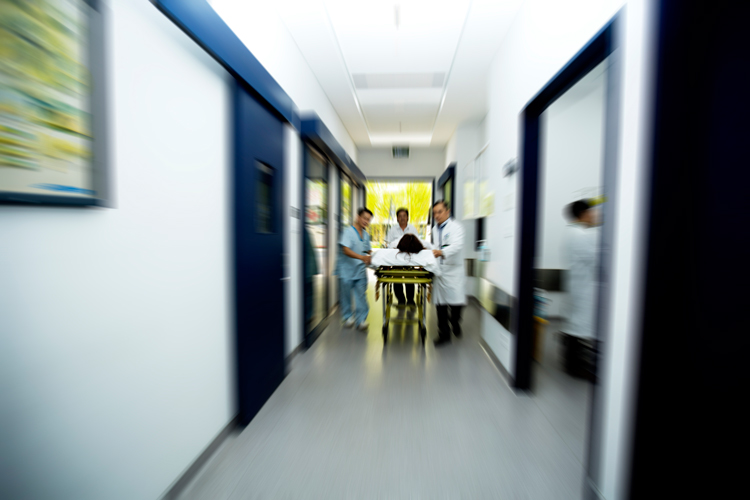Cardiovascular disease is the leading cause of death in the world today. Deaths from acute myocardial infarction is one of the most formidable killers, as it usually occurs suddenly, manifests through various symptoms, is easily confused with other illnesses or is left undetected, especially when symptoms are not typical or invisible.

This is part of a story told by Dr Trinh Van Hai, Head of FVH Accident and Emergency Department, about saving such a patient.
On a typical working day, Dr Hai received a Singaporean patient seeking medical treatment for a large abscess on the back of his thigh. While Dr Hai was busy opening and draining the pus inside the abscess, the patient expressed his heartfelt thanks to the doctor for having saved his life the second time. In response, Dr Hai said he was merely performing the routine duties of a physician – he did not realise that he had previously treated the patient, until the patient reminded him about an emergency case from the previous year.
On November 11, 2016, the 55-year-old Singaporean patient came to FVH’s A&E Department complaining of jaw pain which had spread to his left arm. The patient had no chest pain, no symptoms of myocardial infarction, and no history of cardiac arrest. His blood pressure at the time was very high, measuring 240/133. The treatment protocol applied to the patient then included lowering his blood pressure, electrocardiograms, a cardiac enzyme test and urgent cardiac consultations. The echocardiography performed by Dr Nguyen Thai Binh Son (from FVH Cardiology) showed no signs of abnormalities. However, the patient’s cardiac enzyme reading at 14:20 was 246 units (a normal value should fewer than 15 units); and at 18:00 was 390 units. With years of experience in emergency care, Dr Hai immediately recognised that the patient could be suffering from a heart attack, even though the patient had no chest pain.
“Cardiac enzyme elevation at any given time can be due to many conditions other than acute myocardial infarction. As such, high cardiac enzymes must be retested at least every four hours. Cardiac enzyme marker variations between tests help physicians confirm or eliminate an acute myocardial infarction diagnosis.
“In this case, the patient did not have chest pain but the cardiac enzyme continued to rise, signalling that the patient was suffering from progressive acute myocardial infarction. Interventions must be taken as early as possible to minimise the risk of cardiac muscle damage or even death, so we acted immediately,” recalls Dr Hai.
After receiving intensive treatment at the FVH’s A&E, the patient was transferred to the Cardiology Department so that his blood pressure could be controlled, and so that he could take cardiotonic drugs, anticoagulants and other supportive therapies. After three days at FVH, the patient’s condition was stable and he was soon strong enough to fly back to his home in Singapore for a stent placement surgery, which is what he wished. Doctors in Singapore diagnosed him with extensive myocardial infarction and placed a total of six stents into his coronary arteries.
“Myocardial infarction diagnoses are usually established based on chest pain detection, electrocardiograms and cardiac enzyme measurement. In this case, the patient displayed no chest pain; also, initial electrocardiography detected no abnormalities, so a myocardial infarction indication was barely detected. In case of acute myocardial infarction, the correct diagnosis and timely treatment mean a higher chance of survival for the patient,” Dr Hai added.
In May 2016, Dr Hai led the FVH medical team escorting former US President Barack Obama and his entourage during his visit to Ho Chi Minh City. Dr Hai completed his professional training in France and has many years of experience in both inpatient and outpatient resuscitations; emergency care and medical evacuation by road ambulance, air ambulance and marine ambulance. While Dr Hai is usually untalkative, he is outspoken in emphasising that an effective emergency procedure is the most decisive factor in saving a patient’s life.




